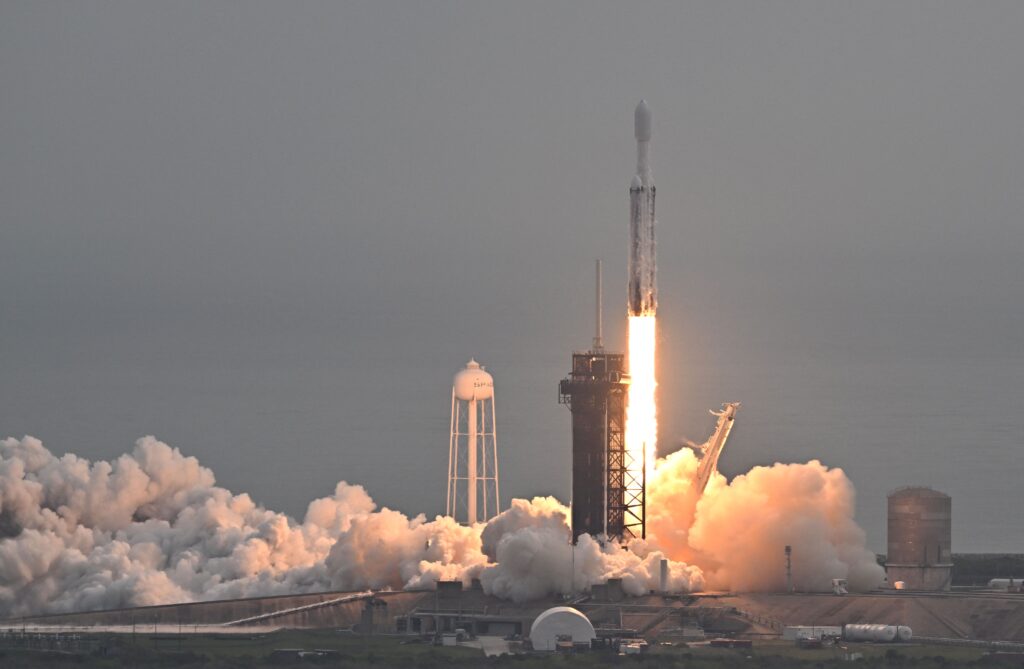26/10/2023
26/10/2023

BEIJING, Oct 26, (Agencies): The youngest-ever team of Chinese astronauts embarked on their journey to China's space station on Thursday, marking a significant step towards the country's future space exploration endeavors. The spacecraft, named Shenzhou-17 or "Divine Vessel," carried its three crew members into space, launching from the Jiuquan Satellite Launch Centre in northwest China atop a Long March-2F rocket.
Heading the six-month mission was former Air Force pilot Tang Hongbo, 48, who had previously been part of the inaugural crewed mission to the space station in 2021. His return to the Tiangong space station set a new record for the shortest interval between two spaceflight missions by taikonauts, a term derived from the Chinese word for space. This suggests a quicker rotation of taikonauts in the years ahead.
Tang, who belonged to China's second batch of astronauts selected in 2010, had waited over a decade before being chosen for his first spaceflight in 2021. In contrast, his fellow Shenzhou-17 crew members, Tang Shengjie, 33, and Jiang Xinlin, 35, were both on their inaugural space journey and had joined China's third batch of astronauts in September 2020.
China has initiated the selection process for the fourth batch of astronauts, looking for candidates with doctoral degrees in a range of disciplines, including biology, physics, chemistry, biomedical engineering, and astronomy. Notably, this time, the selection process is open to applicants from Hong Kong and Macau for the first time.
The first two batches of astronauts primarily consisted of former Air Force pilots, similar to Tang, who had joined the People's Liberation Army in 1995 at the age of 20. The upcoming selection and training processes will also welcome foreign astronauts interested in participating in joint missions to Tiangong, as stated by a senior official in China's manned space program earlier this year.
While China aims to globalize its space missions, Tiangong remains distinctively Chinese in its characteristics. In contrast to the NASA-led International Space Station (ISS), where English is the working language, Tiangong strictly employs Chinese. Therefore, proficiency in the Chinese language is a vital requirement for foreign participants.
Tiangong has come to symbolize China's growing confidence in its space endeavors after being excluded from the ISS program for several decades due to U.S. legal restrictions on collaboration with NASA. Completed in late 2022, Tiangong can accommodate up to three astronauts at an orbital altitude of up to 450 km (280 miles) and has an operational lifespan exceeding 15 years.
The Shenzhou-17 astronauts will replace the Shenzhou-16 crew, which arrived at Tiangong at the end of May. The Shenzhou-16 crew, comprising veteran astronaut Jing Haipeng, Zhu Yangzhu, and Gui Haichao, is scheduled to return to Earth on October 31. Both Zhu and Gui, in their 30s, were part of China's third batch of astronauts.
Shenzhou-17 represents China's 12th crewed mission since Yang Liwei's historic solo spaceflight in October 2003, when he became the first Chinese national in space.


